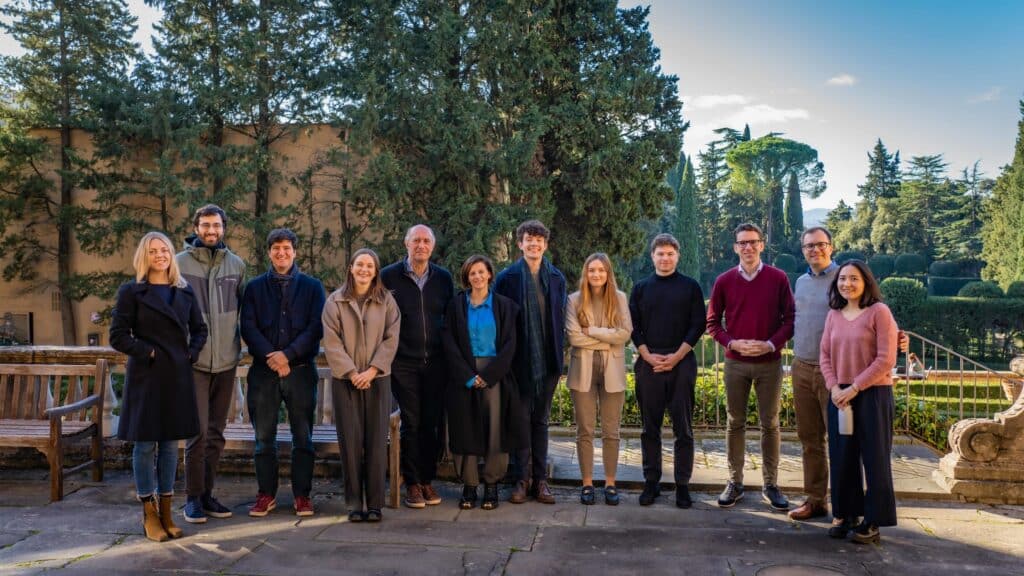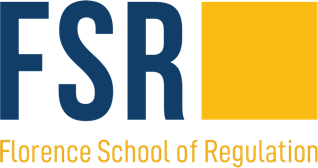Setting a right baseline for methane mitigation policies – science and policy perspectives
Highlights from the FSR Debate: How to establish a right baseline for rigid methane mitigation policies
On 1 December, the Florence School of Regulation held a joint webinar with the Environmental Defense Fund, “How to establish a right baseline for rigid methane mitigation policies”. The webinar combined science and policy perspectives and provide insights into ongoing methane measurement initiatives and critical areas for further research.
The state of methane science
Our knowledge on climate change stems from the regularly updated Assessment Reports prepared by the Intergovernmental Panel on Climate Change (IPCC). The Sixth Assessment Report (AR6 WG 1) published earlier this year shed more light on the impact of Short-lived Climate Pollutants, including methane.
Since the publication of AR5 in 2013, our understanding and quantification of how methane contributes to human-caused warming improved, but it also led to alarming conclusions. AR6 confirms that methane concentrations in the atmosphere continue to increase at an unprecedented pace, primarily due to rising emissions from fossil fuels and agriculture. Hence, reducing methane emissions would limit the warming effect and improve air quality by lowering global surface ozone.
However, the IPCC findings need to be supported by a better understanding of emission sources. Two measurement campaigns conducted in Romania and Australia help to fill in this gap. Both projects introduced during the webinar used a combination of top-down and bottom-up measurements to understand better methane emissions from the oil and gas sector (Romero project) and coal seam gas in the Surat Basin, Australia.
Policy perspectives
In the second session, the speakers highlighted what other changes are necessary to ensure that more robust data and understanding of emission sources lead to evidence-based mitigation policies and, as a result, effective methane emission reductions.
Firstly, the newly created International Methane Emission Observatory could help to bring different data sources and methodological approaches together. Secondly, the development of emissions quantification methodologies with clearly specified uncertainty ranges, such as the ones proposed by the OGMP2.0.
Those developments are essential to help the companies and jurisdictions worldwide set a robust baseline and track progress against climate goals, such as the Global Methane Pledge.






